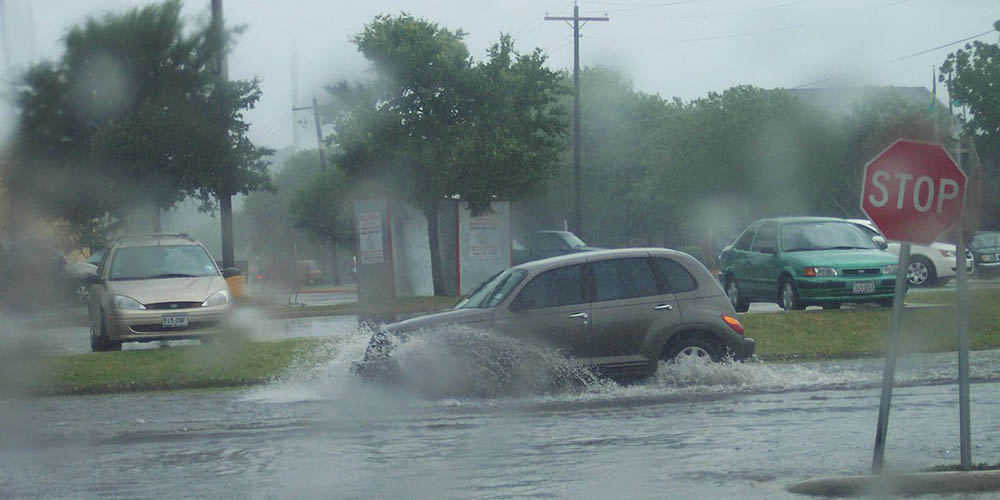When you’re a homeowner, there are a lot of unforeseen hazards that you need to prepare for like fires, storms, and accidents around the house. In response, you select a homeowners policy from an insurance company you can trust, and then you can rest easy knowing you’re covered against almost every catastrophe…right? The fact is there is a regular force of nature that only about 20% of homes at risk in America are insured against. This seasonal occurrence is flood damage, and whether it comes as a flash flood or as a slow creeping flood, this is an event could be financially crippling for those who aren’t prepared.

But won’t your homeowners policy take care of any damage in the event of an unexpected flood? The answer is no, flood damage is not typically covered by general homeowners policies, but you still have options. Let’s examine why floods are a risk worth protecting your home against and what your options are to correct this gap in coverage.
Flood Damage Happens So Fast
The year of 2015 has been an especially wild one in Colorado. Hail storms, torrential downpours, and scattered tornadoes have disrupted a normally pleasant Rocky Mountain spring. As a result, river beds are especially swollen and those who own homes at risk for flash flooding haven’t been sleeping very easily. Even Metro Denver residents have had their smart phones ring with flash flood alerts several times this year, and the streets of downtown Denver became awash with rainwater in late June. The month before in May, Colorado experienced 300% of the normal rainfall for the month. Just that month alone obliterated a long standing drought in a matter of days.

All told, we’re on the way to a record breaking year for precipitation, and we still don’t know what is in store for the rest of the year, or next year for that matter. In this climate, flash floods are especially worrisome because you typically don’t see them coming. The surrounding weather radar can be clear at 12pm, but a few hours later, a severe storm can charge off the mountains with very little notice. This year or any other year, you’ve got to prepare for a flood if you’re at risk. But how can you know if your home is subject to flood damage?
How To Determine Your Level Of Flood Risk
The flood risk of certain homes is easily determined. If you live adjacent to a sizable stream, river bed or a low-lying area where water pools regularly, then you most definitely need to investigate your flood insurance options. Yet even if the risk of flood damage is not immediately apparent for your home, you still need to investigate the possibility. FEMA maintains flood maps based on geographical and historical data, and these maps are a great place to start your research.
Flood maps can also help you determine your Base Flood Elevation (BFE). This is your home’s elevation based upon the 1% risk of “the 100 year flood” happening. The “100 year flood” is an established measurement based upon the old notion that every 100 years or so a giant flood with impact your area. Need help finding your BFE or learning how it impacts your flood insurance rates? Just call or email Jeff Evans at Square State Insurance and he’ll be happy to help you with the process.
Final Thoughts
Because your homeowners insurance does not cover flood damage, the risk of a big flood is something that every homeowner should evaluate sooner rather than later. Given the near daily rainstorms that we’re receiving in Colorado this year, there has never been a better time to check your flood risk than now. Not every home will be at risk, but even those with a good BFE can still sustain substantial damage when flash floods strike. Email or call Jeff and investigate your coverage options today.

